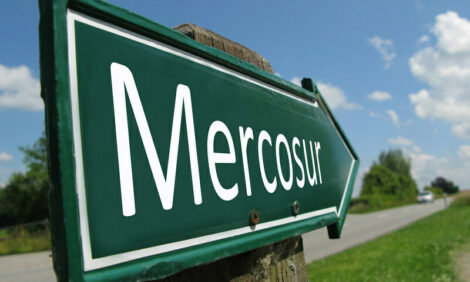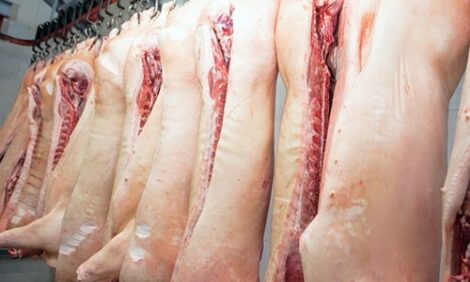



Cattle and Hog Producers Seek Government Help in Adjusting to High Dollar and High Feed Costs
CANADA - The general manager of the Saskatchewan Pork Development Board says government programs designed to help weather tough economic times need to be made more responsive to the needs of farmers, writes Bruce Cochrane.The Saskatchewan Cattle Feeders Association, the Saskatchewan Stock Growers Association and the Saskatchewan Pork Development Board have joined forces in an effort to encourage government to provide assistance to cattle and hog operations facing a cost price squeeze.
A roughly 23 percent increase in the value of the Canadian dollar compared to its U.S. counterpart since March combined with a 12 to 15 dollar per hog increase in feed costs has reduced returns to pork producers by about 40 dollars per head.
Sask Pork general Manager Neil Ketilson suggests, anytime you have things that work beyond their control producers need a little help in the transition, especially when it's moved so quickly.
Neil Ketilson-Saskatchewan Pork Development Board
We have a farm safety net program out there already that's in existence, the CAIS (Canadian Agricultural Income Stabilization) program.
We're really concerned that that program is not as effective, as transparent and as timely as it should be.
We've asked for that from the time the program came out.
It hasn't seemed to have changed a lot.
We need to put some renewed emphasis and action into that thing so we can get payments into people's hands a lot quicker than what it is.
The second thing we're looking for is a short term cash injection through a loan program that would be repaid once the industry returns to profitability.
In Saskatchewan we've got two examples.
We had a program in 1998 and another one in 2001and what it did is it gives producers the difference between the long term average prices, about 140 dollars, compared to what the current market prices is.
What they would do is they would be eligible for a loan on the difference.
That loan would then be put back into their operation and it would build over time of course and then it would be ratcheted back once we get profitable times again.
Ketilson notes, because the loans would be repaid over time, the program should not be countervailable.








